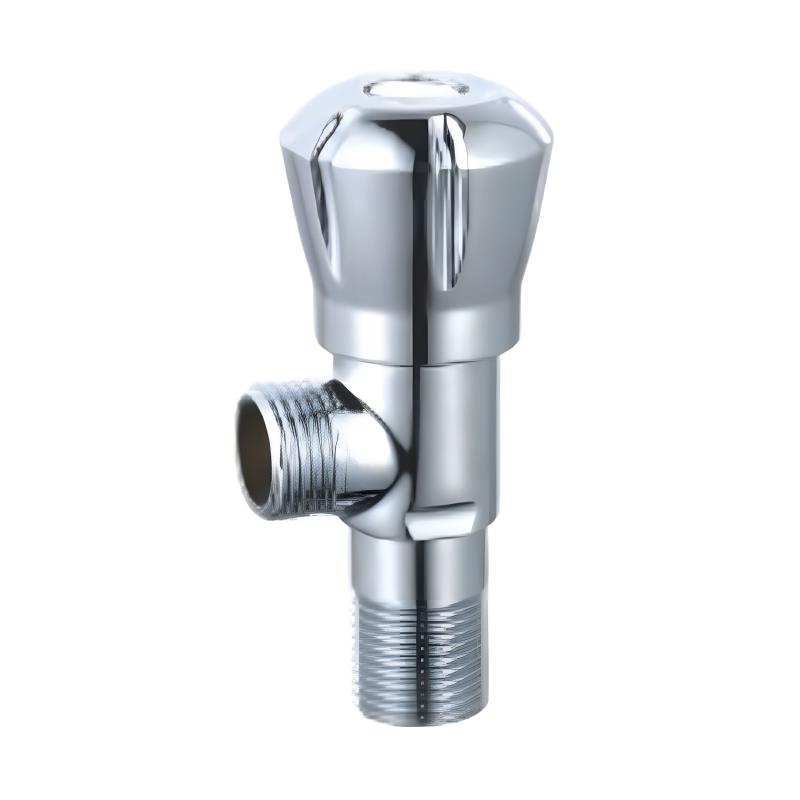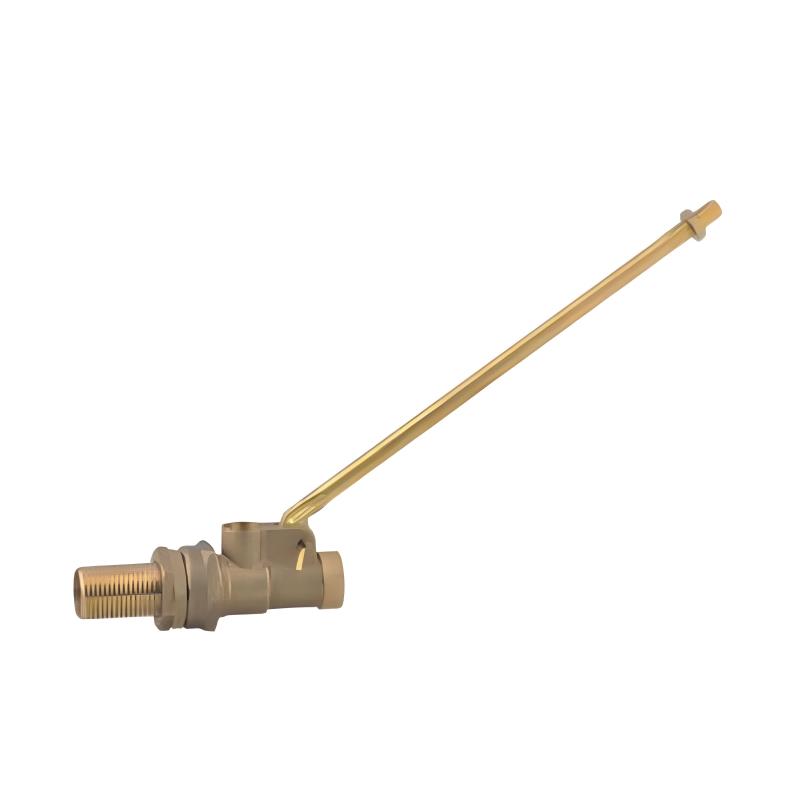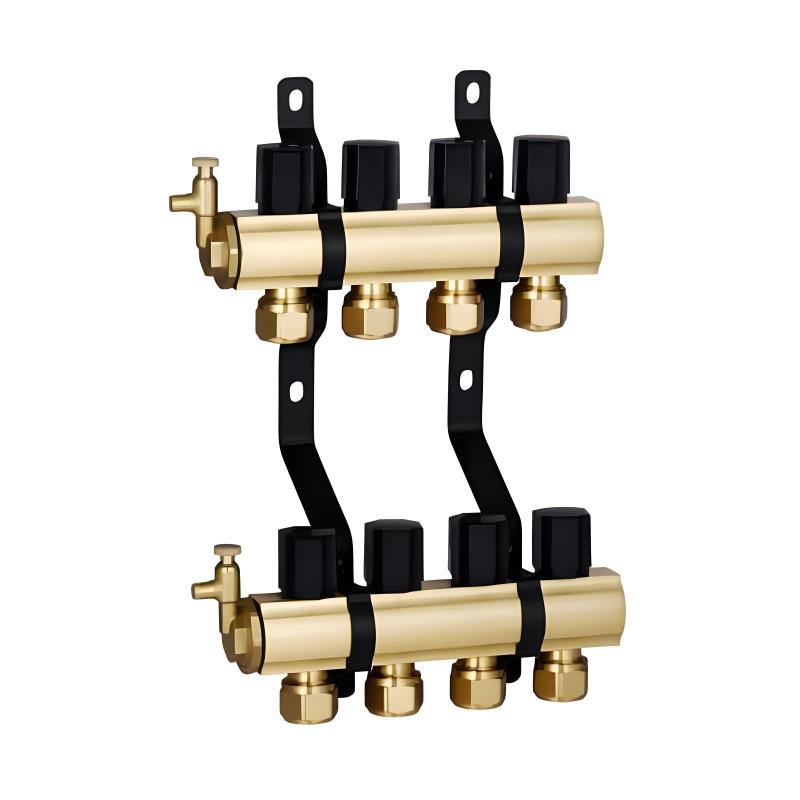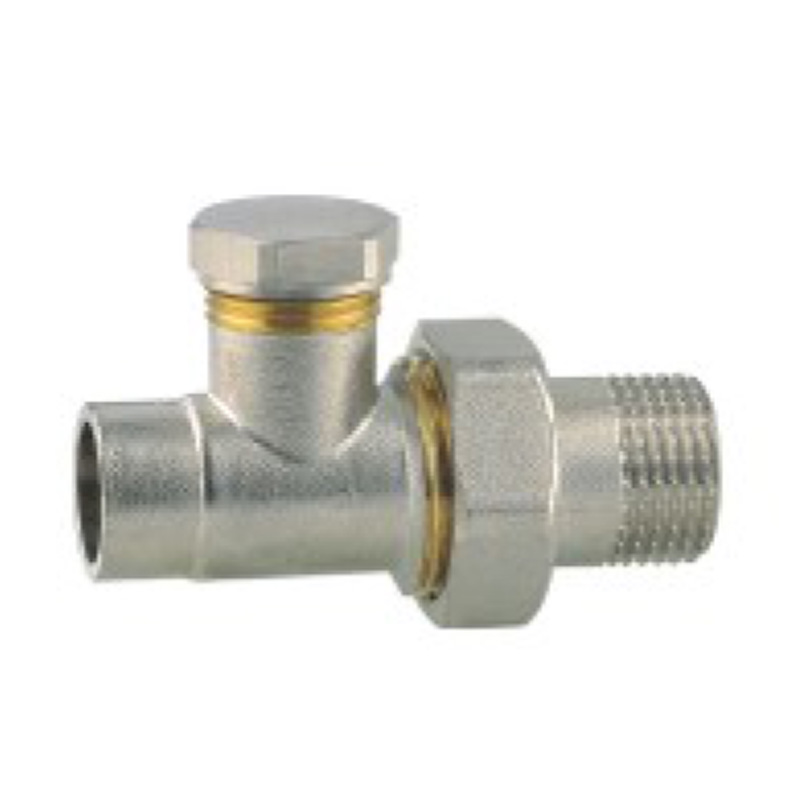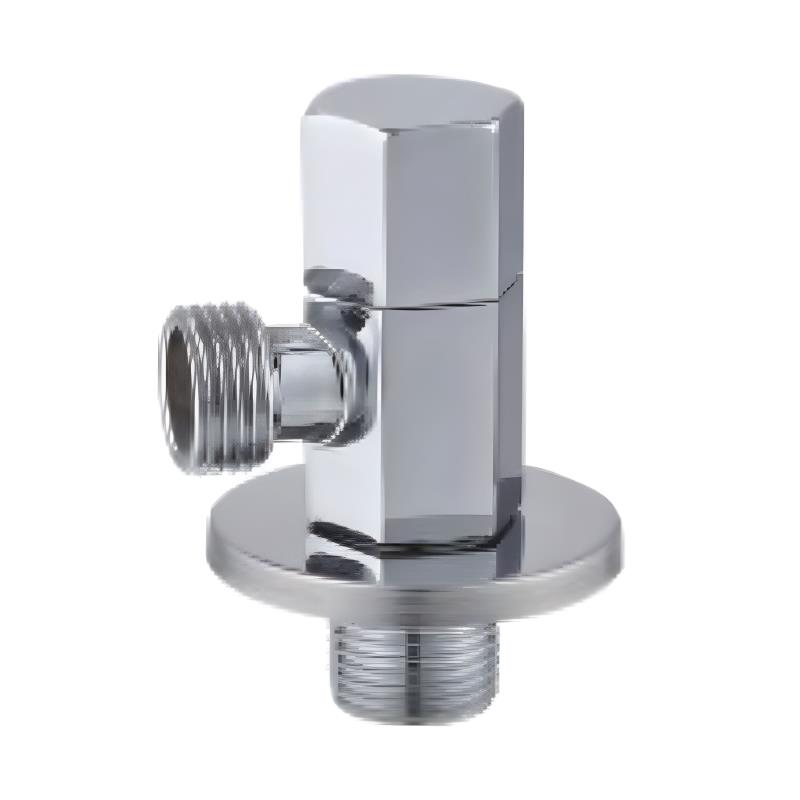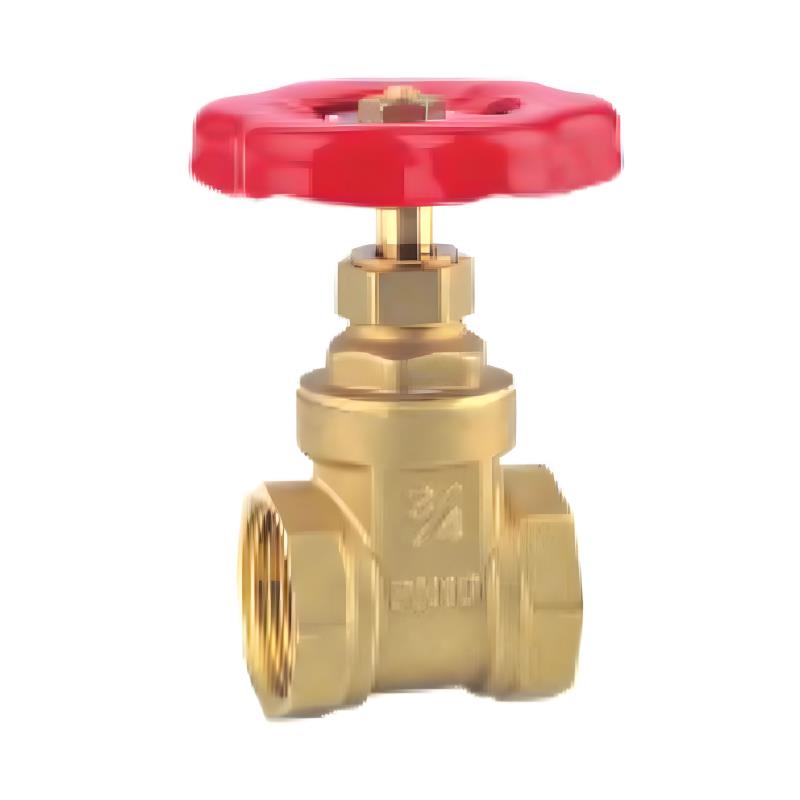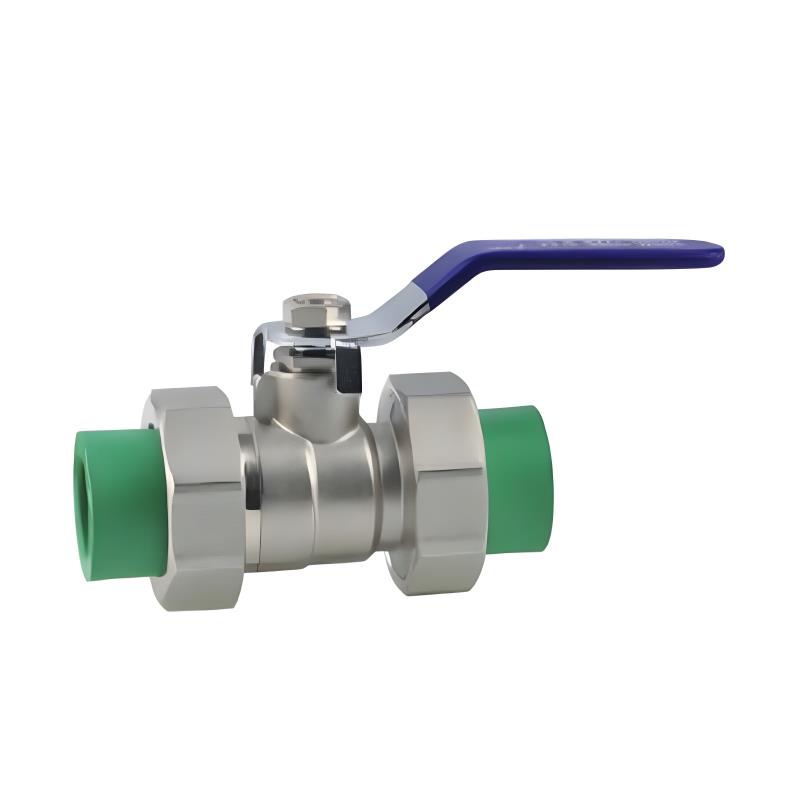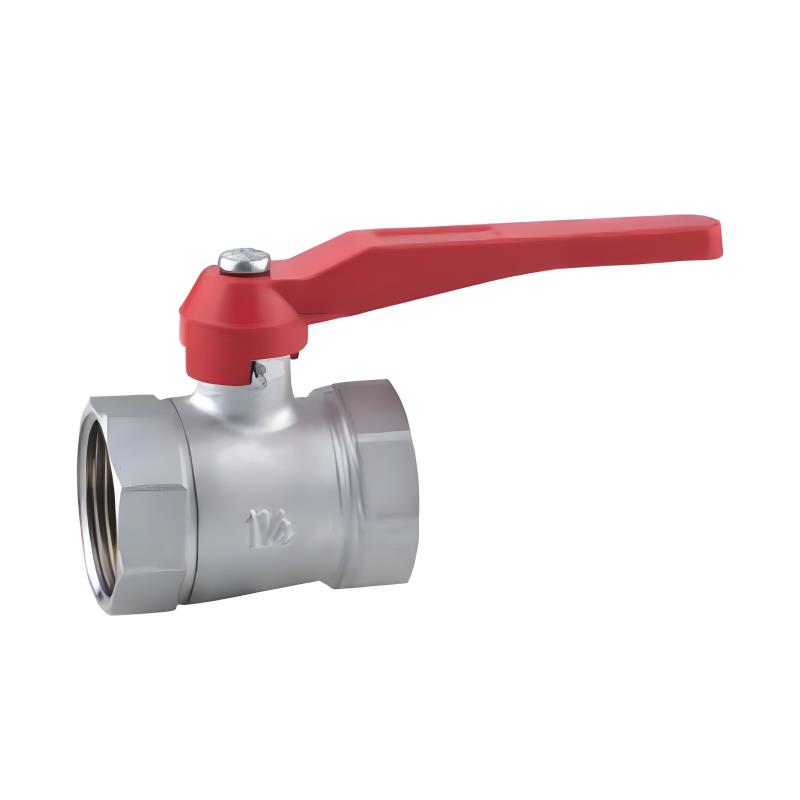Submit feedback
Bibcock Valve Material Selection and Durability Considerations Explained
When it comes to plumbing systems, the choice of components plays a critical role in ensuring reliability and longevity. Among these components, the bibcock valve is commonly used in residential, commercial, and industrial applications for controlling water flow. Selecting the right material for a bibcock valve is essential to maintain its durability and performance under different environmental conditions.
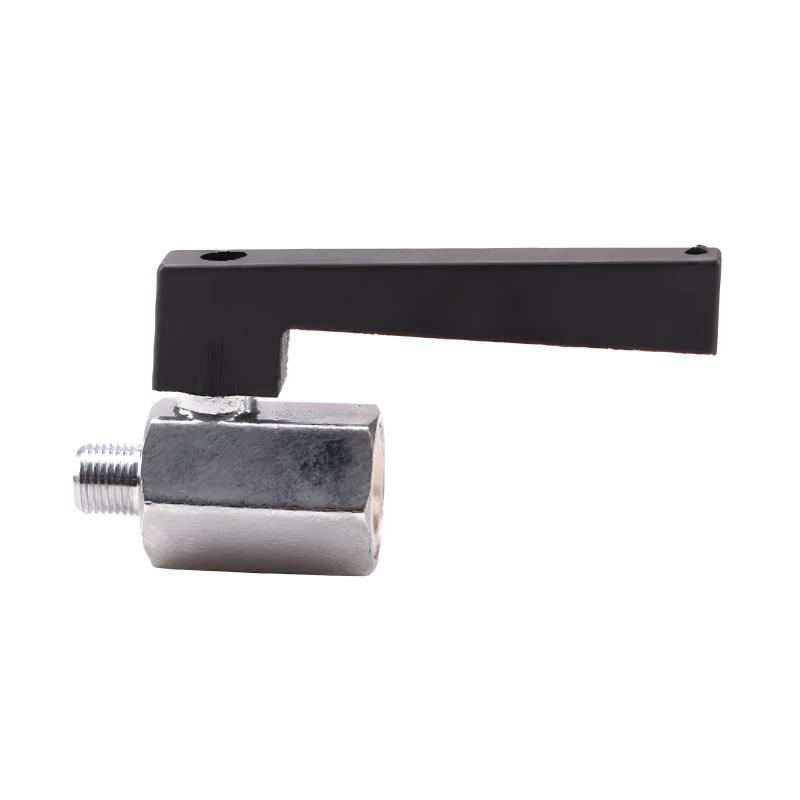
Understanding Bibcock Valves
A bibcock valve is a type of tap or faucet that typically connects to outdoor or utility water lines. Its simple design allows for easy operation, and it is frequently used for garden hoses, washing areas, and other water distribution points. Despite its straightforward function, the materials used in its construction determine its resistance to corrosion, wear, and potential leaks over time. Choosing inappropriate materials can advance to early failures and increased maintenance costs.
Common Materials for Bibcock Valves
Traditionally, bibcock valves are made from brass, stainless steel, or plastic. Brass is widely used due to its resistance to corrosion and reasonable strength, making it suitable for both hot and cold water applications. Stainless steel offers higher resistance to chemical damage and is favored in areas where water may have higher mineral content. Plastic valves, often made from reinforced polymers, are lightweight and cost-effective, though they may not withstand bad temperatures or mechanical stress as well as metal alternatives.
Factors Affecting Durability
The durability of a bibcock valve depends on several factors beyond the material itself. Exposure to harsh weather, such as freezing temperatures or prolonged sunlight, can degrade some materials faster than others. Water quality also affects the valve’s lifespan; hard water with high mineral content can cause scale build-up, which may impair valve operation. Regular use and proper maintenance, such as cleaning and lubrication, can significantly extend the service life of a bibcock valve.
Importance of Quick Joint Connections
Many modern plumbing systems utilize quick joint connections to simplify installation and maintenance. Quick joints allow for rapid attachment or detachment of the bibcock valve without the need for extensive tools or technical expertise. Using a reliable quick joint ensures that the valve can be replaced or serviced with small disruption to the water system. When selecting a bibcock valve, it is important to consider compatibility with available quick joint fittings to maintain system efficiency.
Corrosion and Wear Considerations
Corrosion is a key factor influencing the longevity of bibcock valves. Metals such as brass and stainless steel resist rust and chemical degradation, while lower-grade metals may corrode quickly. Plastic valves avoid corrosion but can be prone to cracking under pressure or over time. In addition, the internal components, including washers and stems, should be made from materials that withstand friction and repeated operation to prevent leaks and maintain smooth functionality.
Maintenance and Longevity Tips
Proper maintenance can enhance the lifespan of a bibcock valve. Periodic inspections for leaks, debris, or mineral build-up can prevent minor issues from becoming major problems. Using compatible quick joint fittings reduces the risk of damaging the valve during installation or replacement. In outdoor installations, insulating the valve during cold weather can prevent freezing and subsequent cracking. By combining careful material selection with consistent maintenance, a bibcock valve can serve reliably for many years.
Selecting a bibcock valve involves more than just choosing a functional tap; material quality and compatibility with system components like quick joints play a central role in durability and performance. By considering factors such as corrosion resistance, environmental exposure, and maintenance practices, homeowners and professionals can make informed choices that reduce long-term repair costs. Proper attention to these details ensures that bibcock valves continue to provide reliable water control in a wide range of applications.
 +86-13989680588
+86-13989680588 graylin@hongjiavalve.com
graylin@hongjiavalve.com 
